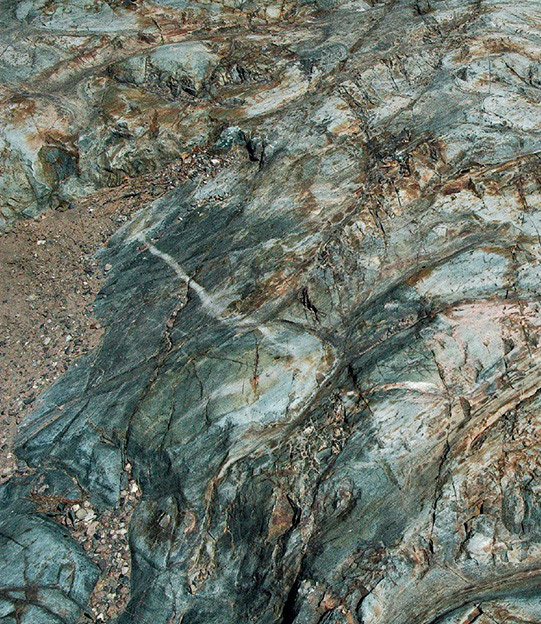The Archean eon, spanning from about 4 to 2.5 billion years ago, is a critical period in Earth’s history. Due to their immense age, Archean rocks are rare on Earth’s surface today, mainly found in about a dozen major shields that form roughly half of Earth’s continental crustal surface.
The growth of these ancient shields from late Hadean protocontinental cores is a hot topic in geological research. An early form of plate tectonics is believed to have caused fragments of ancient oceanic crust to collide and accrete onto the original cratons, gradually expanding into larger continental crust regions.
These accreted terrains are known as greenstone belts. The term “greenstone” comes from the green-colored metamorphic minerals like chlorite present in these rocks, and “belts” refers to their often linear, band-like formations attached to pre-existing cratonic terrains over time. The collision of mafic oceanic crust with cratons led to heating, melting, and the formation of distinct structures such as pillow lavas. Simultaneously, these rocks mixed with felsic, lower-density sedimentary rocks eroding from the continental crust.
Greenstone belts are geologically complex, containing a mix of rocks and minerals. Despite being less dense than the surrounding oceanic crust, they have contributed to the expansion of continental crust over time. Studying these ancient, heavily modified Archean rocks presents a significant challenge. Yet, with only a limited portion of the Archean Earth still accessible for research, the approximately fifty identified greenstone belt regions worldwide have become crucial for geologists seeking to understand the earliest chapters of our planet’s history.

